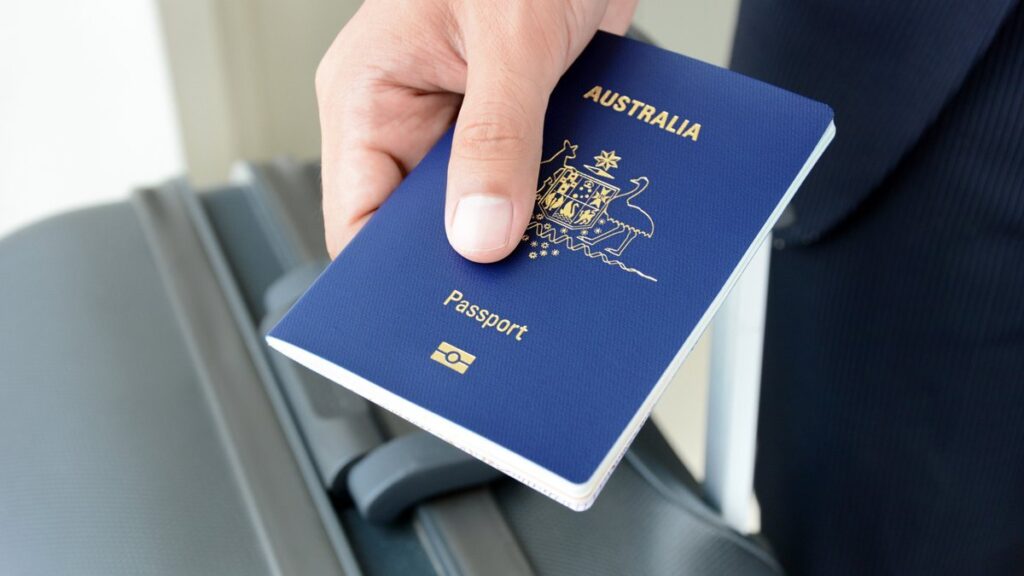EU Implements Draconian New Travel Rules: Aussies Face Increased Border Queues, Fingerprints, and Facial Scans
- Australians traveling to Europe will be forced to register with a new digital border management system, sharing personal data and biometric information.
- The European Entry/Exit System (EES) requires non-EU citizens to provide passport data, travel documents, and fingerprints, with facial recognition scans also on the cards.
- The system, rolled out today, aims to prevent irregular migration and tackle terrorism, but critics warn of lengthy queues and privacy concerns.
Australian travelers bound for Europe are bracing for lengthy queues and increased security measures as the European Union introduces a new digital border management system today.
The European Entry/Exit System (EES) requires non-EU citizens, including Australians, to register with the system, providing personal data, passport information, and biometric details, including fingerprints and facial recognition scans.
In a move designed to prevent irregular migration and tackle terrorism, the EES will collect and store sensitive information on travelers entering the Schengen Zone, a region comprising 29 European countries, including most EU member states, as well as Iceland, Liechtenstein, Norway, and Switzerland.
“The EES will make traveling in the Schengen Zone more efficient,” claimed EU officials, who argue the system will replace traditional passport stamps with a modern digital system. “It will also prevent irregular migration and use biometric data to stop those with fake identities or who are overstaying in the Schengen Zone.”

However, critics have raised concerns about the impact on travelers, warning of increased wait times and potential privacy breaches. “Aussies will need to register at borders and have their fingerprint and photo taken,” cautioned a Smartraveller government alert. “There may be longer border queues.”
The rollout of the EES will be gradual, with countries introducing the system at their external borders from today. It is expected to be fully operational by April 10, 2026.
Australian travelers can prepare for the new system by familiarizing themselves with the registration process, which can be completed online or through a mobile app. Self-service kiosks will also be available at certain border crossings.
As the EES comes into effect, travelers are advised to plan ahead, allowing extra time for border crossings and to be prepared to provide the required biometric data.
In a statement, EU officials reassured travelers that the new system would improve security and efficiency, but concerns remain about the potential impact on privacy and the smooth flow of international travel.

